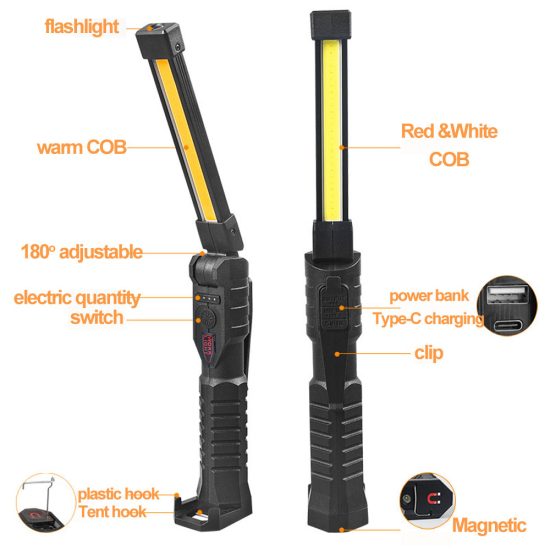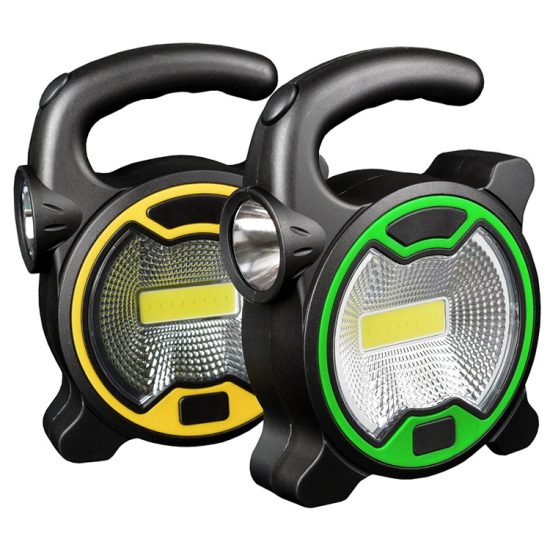Flashlights have evolved significantly since their inception. From the basic handheld torches to modern LED marvels, the evolution of flashlights has been fascinating. Here’s a glimpse:
- Primitive Torches: The earliest versions were likely simple torches—wood sticks wrapped in cloth and dipped in resin or animal fat. These were handheld and provided basic illumination.
- Electric Flashlights: The invention of the electric bulb led to the creation of early flashlights in the late 19th century. They used carbon-filament bulbs powered by large batteries.
- Improvements in Bulb Technology: The incandescent bulb’s development increased flashlight efficiency. They were smaller, brighter, and lasted longer.
- Introduction of LEDs: Light Emitting Diodes (LEDs) revolutionized flashlight technology. LEDs are more durable, energy-efficient, and provide brighter light than incandescent bulbs. This shift significantly extended battery life.
- Miniaturization and Compact Designs: Flashlights became more compact with the advent of smaller batteries and LED technology, allowing for keychain-sized or pocket flashlights.
- Focus and Beam Control: Adjustable focus and beam control became common features in many flashlights, enabling users to switch between a narrow, focused beam and a wider, dispersed light.
- Rechargeable Batteries: Flashlights began incorporating rechargeable batteries, reducing waste from disposable batteries and offering cost-effective, sustainable options.
- Tactical and Specialty Flashlights: Specialized flashlights emerged for various purposes, including tactical use by law enforcement and military, outdoor activities, underwater exploration, and more. These featured durable construction, waterproofing, and specific light settings.
- Smart Features: Some modern flashlights incorporate smart technology, such as Bluetooth connectivity, programmable light settings, and even integration with smartphones for control and tracking.
- Solar-Powered and Kinetic Energy: Flashlights have been developed to harness solar power or kinetic energy, offering eco-friendly and renewable charging options.
The evolution of flashlights continues, driven by advancements in battery technology, materials, and user needs. These innovations aim to make flashlights more efficient, durable, and versatile for various applications in everyday life, work, and outdoor adventures.


